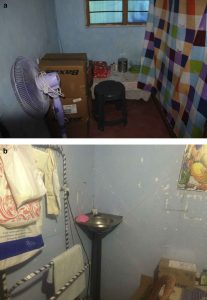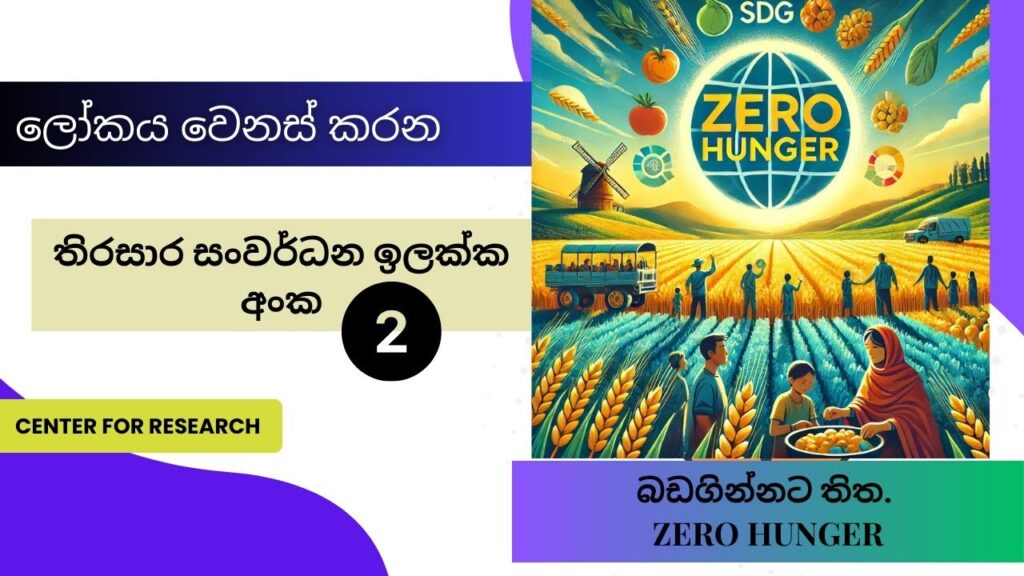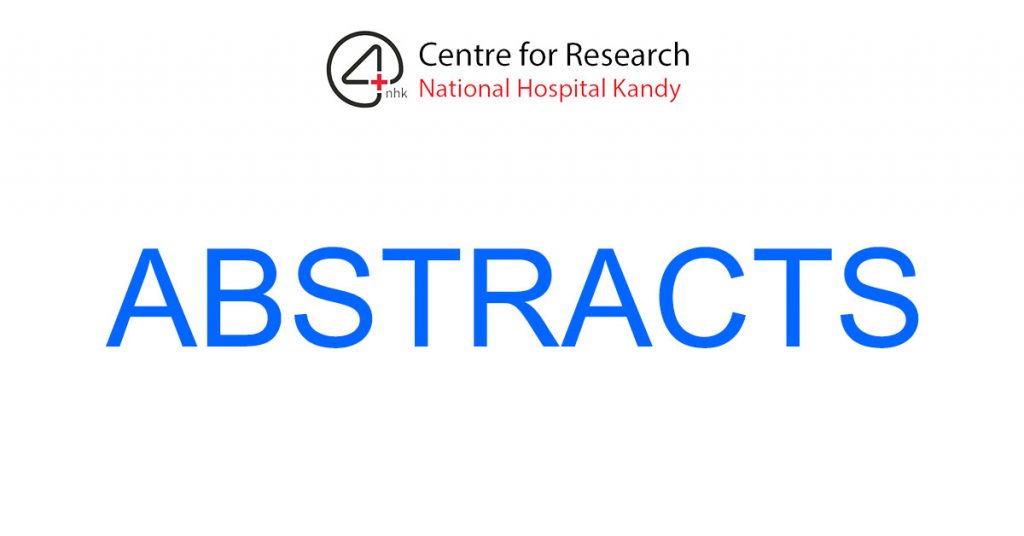Nishanthe Nanayakkara1 , A.W.M. Wazil1 , Lishanthe Gunerathne2 , Sewmini Dickowita1 , Robert Rope3 , Chrarake Rathnayake1 , Anjali Saxena3,4 and Shuchi Anand3
1Teaching Hospital, Kandy, Sri Lanka; 2 Renal Care and Research Unit, Girandurukotte, Sri Lanka; 3 Stanford University School of Medicine, Palo Alto, California, USA; and 4 Santa Clara Valley Medical Center, San Jose, California, USA
Recent analyses have shown that in low- and middleincome countries, fewer than a quarter of patients reaching endstage renal disease initiate dialysis. Hemodialysis is the default predominant therapy even in these low-resource settings; its availability is chiefly limited to major metropolitans where the necessary specialists and water treatment facilities are available. Thus the disparity in care for end-stage renal disease is even larger for those living in rural areas in lowand middle-income countries. The problem of chronic kidney disease of unknown etiology (CKDu) affecting farm workers in Sri Lanka (and potentially in other regions of the world including Mesoamerica) has brought intense and acute attention to this disparity. Although investigations into its etiology are underway, patients afflicted with the disease urgently need care. More than 20,000 deaths in Sri Lanka have been ascribed to patients with this disease over the past decade.1 A majority of patients are middle-age male rice paddy farm workers living in rural areas with little to no specialist care.2 We believe that a focus on the provision of continuous ambulatory peritoneal dialysis (CAPD) with collaboration between local providers (nephrology and nonnephrology trained) and support from international peritoneal dialysis experts can create a viable model for delivery of effective renal replacement therapy in this particular setting, but also in others where similar resource constraints exist. Girandurukotte, and its catchment area, is located in Sri Lanka’s Uva province, one of the “dryzone” epicenters of CKDu (Figure 1).2 After the government built reservoirs in the 1970s, people moved into the area to begin rice paddy farming. Since 2003, ongoing reports of a deadly kidney disease from this region, as well as in the Northern and Central provinces, have led to research projects attempting to understand its extent and etiology.3 In 2006, a new renal care and research unit was opened in Girandurukotte. This clinic is run by internal medicine-trained medical officers and nurses. It has an affiliated hospital but no regular specialist care. The nearest tertiary care hospital, Kandy Teaching Hospital, hosts nephrologists— who do visit this rural clinic once a month—but is 100 km away. The clinic has identified more than 3000 patients with CKDu, although more than half have been lost to follow-up and presumed dead. Kidney transplants, though ideal, are difficult to implement because of the lack of financial support and donors, especially given concerns that family members may themselves develop CKDu. The nearest hemodialysis unit is 20 km away and has just 4 dialysis machines. Furthermore, because many patients are the principal wage earners for their family, time away from work is costly. They cannot commit to regular hemodialysis. As a result many die from no or suboptimal therapy. A young wage earner’s end-stage renal disease diagnosis reverberates through the entire family. Households lose income; loved ones are often forced to work outside the home. Older children may be compelled to sacrifice their education to work, thereby limiting future career options.

Figure 1. Girandurukotte clinic in dry zone, Uva Province, close to Kandy Teaching Hospital.
In March 2015, recognizing the unique needs of this population and also the mandate to provide therapy, the Ministry approved a pilot project on CAPD in CKDu endemic areas. Although limited hemodialysis facilities existed, CAPD was chosen as the primary therapy for expansion given its potential advantages (Table 1). With a government commitment for funding, nephrologists working in the area are now recognizing other challenges in developing a new CAPD program in a resourcepoor setting. These include training non-nephrology physicians, nurses, and support staff; establishing strategies to monitor outcomes with a quality improvement program; and coordinating support from regional and international experts. Currently local non-nephrology personal (1 doctor, 1 nurse, and 5 health assistants) in Girandurukotte form the backbone of clinical care. They have been trained in the basics of CAPD care including performing home visits, triaging acute complaints, and adjusting the initial prescription. As the training process continues, the local clinic aims to take over the “routine” care of patients, with supervision from nephrologists at Kandy Hospital at the start of therapy and in case of major complications.

In implementing this program over the past year, the clinic has experienced obstacles—notably none have been directly related to resource allocation to the program (Table 2). Even though treatment options for those with advanced CKD in this region are few, the CAPD pilot program faced initial challenges in enrolling patients. Many felt that starting dialysis would make them “dependent” on it, rendering them unable to engage in a profitable occupation and live a productive life. Patients feared that the therapy would not be sustainable should the government stop its subsidy of the supplies. After approaching more than 30 patients, initially only 3 signed up, but with the implementation of “pre-end-stage renal disease” counseling clinic, the number over the past year has increased to 15. During initial home visits to assess candidacy for CAPD, the medical officer has worked with patients to implement improvements in the home environment such as installing windows and stand-alone hand washing sinks (Figure 2). This is funded through government and charitable donations. In addition, in an effort to increase the household income of these patients, the government has begun promoting alternative occupations such bee keeping through resident trainings. To address the clinical challenges faced by this nascent program, especially the high rates of peritonitis, Kandy Hospital entered into an International Society of Nephrology Sister Center relationship with the Stanford University Division of Nephrology in 2016. Dr. Anjali Saxena supervises one of the largest CAPD units in the United States, and along with other faculty at Stanford, she has been working with Kandy to implement a quality improvement project. This project follows 5 classic quality improvement steps:4 (i) clearly stated objectives of improving peritonitis rates and reducing hospitalizations; (ii) an assessment (via Stanford faculty trips) of the staff and systems required to implement these objectives; (iii) a process for data collection via “event reports,” which themselves are a quality improvement tool for root cause evaluations of peritonitis cases, exit-site infections, and hospitalizations; (iv) a teaching intervention via in-person and online structured modules; and (v) an assessment of the intervention by evaluating provider knowledge of CAPD as well as rates of exit-site infections, peritonitis, and hospitalizations. The teaching intervention material will be tailored specifically to rural, low-resource settings, where CAPD is likely to be the predominant modality and infectious complications are the chief reason for patient morbidity. We believe that the multipronged socioeconomic and clinical interventions being planned in Girandurukotte will bolster the use of CAPD as a therapeutic option for patients with advanced CKDu, who otherwise face certain death. In the coming years we look forward to a gradual expansion of CAPD with close attention to investigating and treating major causes of patient morbidity, mortality, and withdrawal from therapy. We also plan to study the costs of implementing this program. The paradigm under development should offer a model not only to other regions afflicted by CKDu but also to low- and middle-income countries exploring pathways to expand access to renal replacement therapy, particularly in rural settings. As nephrologists, we need to understand that although a resource commitment is the necessary basis for the creation of a renal replacement therapy program, many other clinical and societal obstacles impede its success. As clinicians, we can and should proactively engage in anticipating and creatively solving these challenges so that policy makers are further motivated to invest in our patients.
DISCLOSURE
All the authors declared no competing interests.
REFERENCES
1. Jayasumana C, Gunatilake S, Senanayake P. Glyphosate, hard water and nephrotoxic metals: are they the culprits behind the epidemic of chronic kidney disease of unknown etiology in Sri Lanka? Int J Environ Res Public Health. 2014;11:2125–2147.
2. Athuraliya NT, Abeysekera TD, Amerasinghe PH, et al. Uncertain etiologies of proteinuric-chronic kidney disease in rural Sri Lanka. Kidney Int. 2011;80:1212–1221.
3. Wanigasuriya K. Update on uncertain etiology of chronic kidney disease in Sri Lanka’s north-central dry zone. MEDICC Rev. 2014;16:61–65.
4. Developing & Implementing a QI Plan [Internet]. Cited August 2016.
![]()




